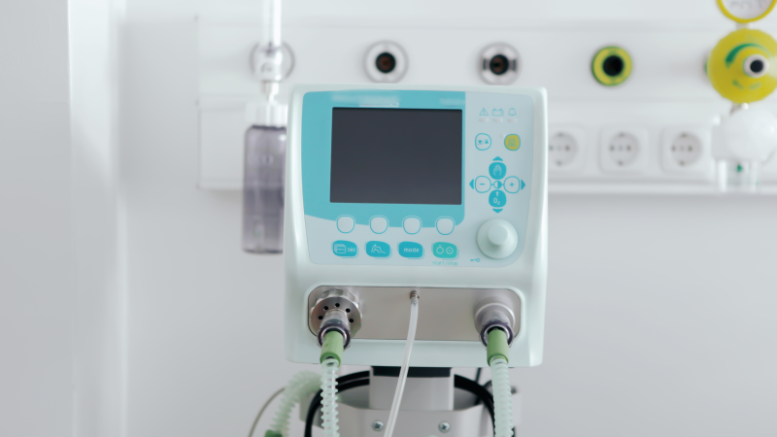Despite the unprecedented demand for mechanical ventilators in the U.S. during the COVID-19 pandemic, the last survey of US hospitals occurred in 2010 and estimated approximately 62 000 full-featured ventilators. To meet the demand for mechanical ventilation, the federal government invoked the Defense Production Act to partner with manufacturers to purchase as many as 200 000 ventilators of varying functionality across production phases for the US Strategic National Stockpile. Many hospitals also purchased additional full-featured ventilators during the pandemic. Tsai, et al. (2022) performed an updated assessment of current ventilators in use at US hospitals to aid with current and future pandemic preparedness and to determine whether any change was correlated with COVID-19 burden.
In this cross-sectional study, the researchers used new survey data from the 2020 American Hospital Association (AHA) Annual Survey to estimate the increase in mechanical ventilator supply. The ventilator questions were developed in response to the COVID-19 pandemic and were fielded for the first time in 2020. Data from the AHA were merged with U.S. Census data and COVID-19 burden data from the Department of Health and Human Services for 2020 to correspond with the AHA survey year. The researchers assessed whether the increase in adult and pediatric and neonatal mechanical ventilators in U.S. hospitals varied across hospital structural features, region, and safety-net status using a multivariable regression model weighted by likelihood of survey response to create national-level estimates. The researchers then created a map of current adult mechanical ventilators per 100 ,000 residents using the state-level population estimates from the 2020 U.S. Census. A state-level analysis used Pearson statistics to assess the correlation between increase in ventilators per capita and COVID-19 intensive care unit (ICU) admissions per capita.
In total, 2,712 of 4,609 US adult acute-care hospitals responded to the survey (response rate, 58.8%). Responding hospitals were more likely to be large (367 [13.5%] vs 111 [5.9%]; P < .001), major teaching hospitals (207 [7.6%] vs 44 [2.3%]; P < .001), and not for profit (1887 [69.6%] vs 979 [51.6%]; P < .001). Of hospitals providing pediatric care, 1103 of 1397 responded (response rate, 79.0%). The multivariate adjusted relative increase in adult mechanical ventilators during the public health emergency in 2020 was 31.5% (95% CI, 22.4%-41.3%; P < .001) (Table). The statistically significant increase in adult mechanical ventilators during the COVID-19 pandemic did not vary across hospital characteristics. The increase in pediatric and neonatal mechanical ventilators was 15.6% (95% CI, 1.6%-31.5%; P = .03). South Carolina, Alaska, Nevada, Idaho, and Mississippi had the lowest per capita supply of adult mechanical ventilators, whereas New York, Louisiana, Arkansas, North Dakota, and Washington, D.C., had the highest per capita supply. The state-level increase in ventilators during the pandemic was not correlated with the state-level ICU burden (r = 0.13; P = .37).
Reference: Tsai TC, et al. National Estimates of Increase in US Mechanical Ventilator Supply During the COVID-19 Pandemic. JAMA Netw Open. 2022;5(8):e2224853. doi:10.1001/jamanetworkopen.2022.24853
